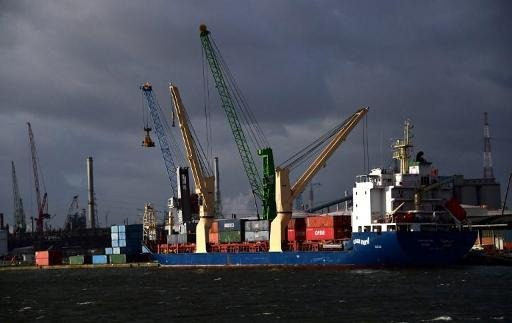Belgian customs is seeking ways to check every container on arrival in the port of Antwerp, according to a report by the Flemish weekly Knack, confirmed by the Customs department. Currently about 1% of the containers are inspected.
Antwerp is known to be one of the ports of entry for cocaine into Europe. In 2017, a record volume of almost 40 tonnes of the drug was intercepted and for Spring 2018, the amount seized is already 17.5 tonnes.
Checks are already scheduled to be intensified considerably under the “Stroomplan” (“River Plan”, in reference to the Escaut River and the Brussels Canal Plan) at a time when many cases of violence have been reported around Antwerp. Customs Director Kristian Vanderwaeren told Knack his services were seeking ways to check all relevant containers, which means verifying 3,000,000 to 3,500,000 containers a year as compared to 34,000 in 2017.
One of the ideas proposed thus far is to acquire more scanners and place them directly at the terminals so that verifications can be done immediately. Broad consultations are currently under way and the customs department is also studying the feasibility and relevance of large-scale scanning. The results are expected in October. “The challenge here is to do that without slowing down the rapid flow of goods for which the port is recognized”, Vanderwaeren said.
Until a few years ago, Antwerp was not as strict as its direct competitor Rotterdam and therefore more interesting for traffickers, explains Letizia Paoli, a criminal scientist at the Catholic University of Leuven, KUL. She feels the situation has since improved.
While some suggest that the lower degree of inspection in Antwerp is linked to the will to protect its competitive edge, the Office of the Public Prosecutor in the port city stresses that economic parametres are not taken into consideration in customs inspections.
The Brussels Times

